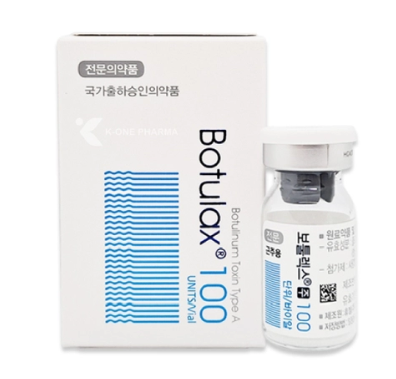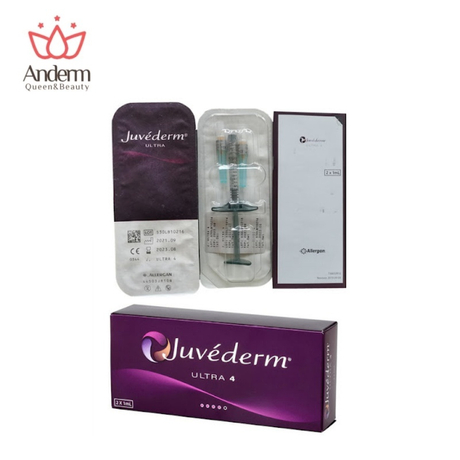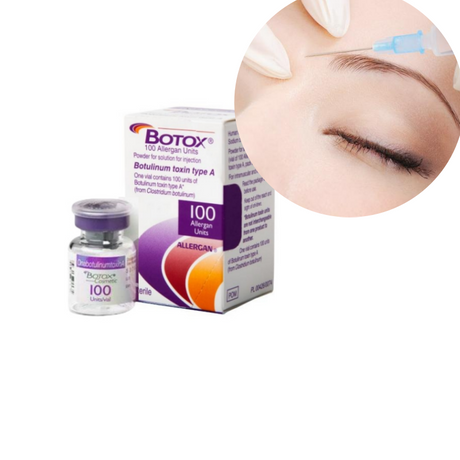
General Post-Treatment Precautions

1. Immediate and Short-Term Care (First 24–48 Hours)
Avoid kneading or massaging the injection area to reduce the risk of drug spread.
Keep the injection area upright or elevated: Unless otherwise directed by your doctor, avoid leaning forward or strenuous head movements, especially around the facial injection site.
Avoid strenuous exercise, especially high-intensity aerobic or strength training within 24–48 hours, to minimize the effects of increased blood flow on drug spread.
Avoid heat therapy and high-temperature environments: This includes saunas, hot tubs, steam rooms, and sunbathing for at least 24–48 hours.
Avoid pressing or rubbing the injection site: Avoid vigorous massage or maintaining a fixed facial expression for extended periods.
2. Possible Side Effects and Warning Signs
Common short-term reactions: Redness, swelling, pain, itching, or mild bruising at the injection site, which generally resolve within a few days to two weeks.
Headache or muscle aches: Some people may experience mild headaches or neck and back muscle aches.
Risk of asymmetry or hyperrelaxation: If you experience facial stiffness or drooping eyelids, contact your doctor.
Systemic reactions are less common but warrant attention: fever, rash, difficulty breathing, difficulty swallowing, etc., require prompt medical attention.
3. Functionality and Daily Activities
Recovery of natural facial expressions takes time: typically, results are seen within a few days to a few weeks, though in extreme cases, it may take longer than two weeks.
Avoid prolonged extreme facial expressions, such as prolonged laughing, frowning, or squinting, until your doctor confirms that muscle activity in the treated area has stabilized.
4. Special Populations and Contraindications
Pregnant women, breastfeeding women, and minors: Specific doctor recommendations are generally needed, and in some cases, avoidance may be recommended.
People with muscle disorders or neuromuscular transmission problems: Talk to your doctor before treatment to assess the risks.
People currently taking certain medications (such as anticoagulants, certain muscle relaxants, certain vaccines, or treatments) should require a doctor's evaluation to determine if adjustments are necessary.
5. Possible Duration and Re-treatment
The duration of the effects varies from person to person, typically 3–6 months, with significant individual variability.
To maintain the effects, consult a doctor before the effects of the medication significantly diminish to determine whether repeat treatments are necessary and the appropriate intervals.
When to contact a doctor
If you haven't seen any improvement 1–2 weeks after the injection, or if the effect suddenly and significantly decreases.
Abnormal symptoms: persistent severe pain, significant neurological dysfunction, difficulty breathing, swallowing, speaking, severe headaches, worsening facial asymmetry, etc.
Significant bruising, persistent redness or swelling at the injection site that doesn't subside.
Tips
Record the injection site and date, as well as any discomfort or changes, so you can share them with your doctor during your follow-up appointment.
Follow your doctor's specific recovery instructions, as different areas (such as the forehead, glabella, eye area, and neck) may require different care.























